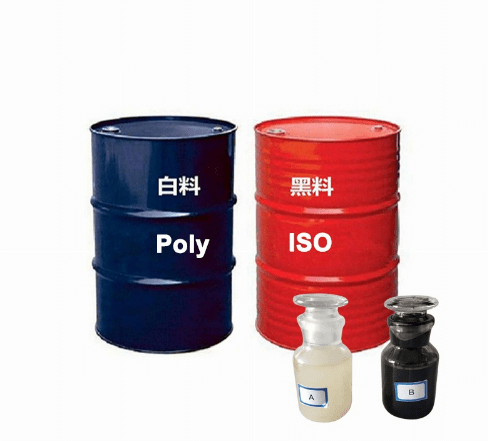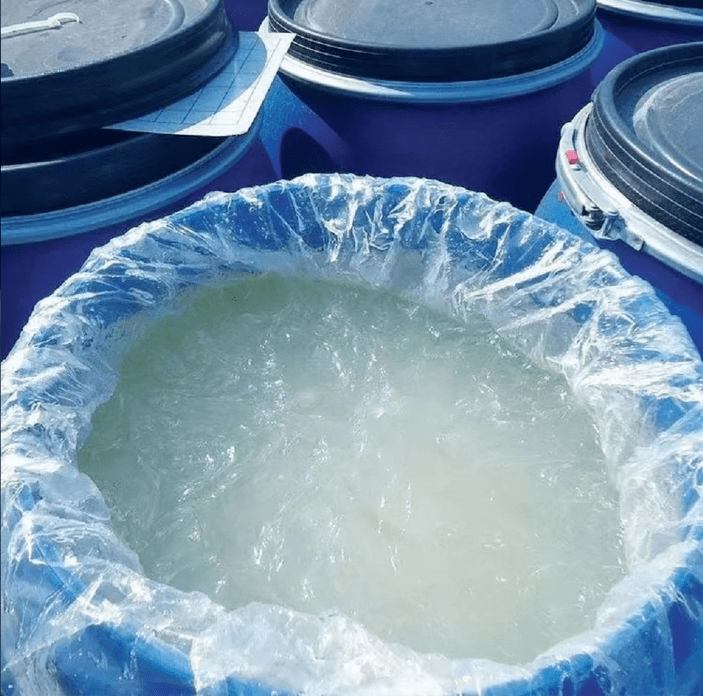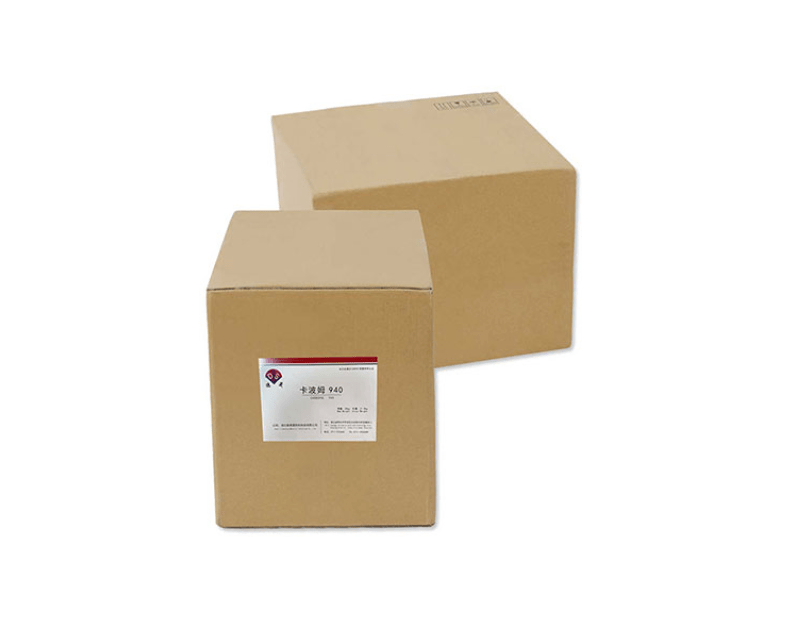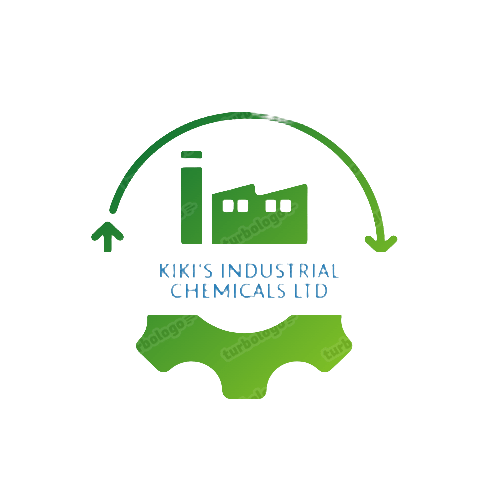Glacial Acetic acid in Nairobi Kenya
Glacial acetic acid, also known as anhydrous acetic acid, is a concentrated and pure form of acetic acid (CH3COOH). It is called “glacial” because at room temperature, it freezes and solidifies, resembling ice crystals. Acetic acid is a carboxylic acid and is the main component of vinegar.


Properties of glacial acetic acid
Glacial acetic acid, being the concentrated and pure form of acetic acid, possesses several notable properties that differentiate it from diluted acetic acid solutions. Here are some of the key properties of glacial acetic acid:
Physical State:
Glacial acetic acid is a clear, colorless liquid at room temperature. However, it has a unique property: it solidifies into a white crystalline mass at temperatures below 16.7°C (62.1°F), resembling ice crystals. This property is why it’s called “glacial.”
Odor and Taste:
Glacial acetic acid has a pungent odor and a strong, sour taste. This distinctive odor is similar to that of vinegar, which is primarily composed of diluted acetic acid.
Concentration:
Glacial acetic acid is nearly 100% pure acetic acid. In contrast, common household vinegar typically contains around 4-8% acetic acid, along with water and other components.
Boiling and Freezing Points:
The boiling point of glacial acetic acid is relatively high, around 118-119°C (244-246°F), due to its high concentration. As mentioned earlier, it solidifies into a crystalline form below 16.7°C (62.1°F).
Solubility:
Glacial acetic acid is miscible with water and many organic solvents. This solubility makes it versatile in various chemical reactions and industrial processes.
Acidic Properties:
Like other carboxylic acids, glacial acetic acid is acidic due to the presence of the carboxyl group (COOH). It can donate a proton (H+) to a base.
Chemical Reactivity:
Glacial acetic acid is used as a solvent and reagent in various chemical reactions. It’s particularly useful in esterification and acetylation reactions, where it donates an acetyl group (CH3CO-) to other molecules.
Corrosiveness:
Due to its strong acidity, glacial acetic acid is corrosive to metals, skin, and eyes. Proper personal protective equipment (PPE) and safety measures are essential when handling it.
Environmental Impact:
While acetic acid is naturally occurring and biodegradable, its concentrated form should be handled and disposed of properly to prevent pollution.
Industrial Uses:
Glacial acetic acid finds applications in chemical synthesis, plastics and polymer production, dye manufacturing, the textile industry, and more.
Regulations:
There may be regulations and guidelines in place for the handling, storage, and transportation of glacial acetic acid. Always follow local regulations and safety guidelines.
Applications of glacial Acetic Acid
Glacial acetic acid has an extensive range of applications across various industries. Its powerful properties make it indispensable in the following sectors:
1. Chemical Manufacturing and Synthesis
In chemical production, glacial acetic acid serves as a key reactant and solvent. It is used in the manufacturing of numerous chemicals, including acetate esters (used in the production of lacquers, perfumes, and as solvents), acetic anhydride (used in the production of cellulose acetate), and acetic acid derivatives (used in the pharmaceutical and food industries).
Key Benefits:
- Essential for producing industrial chemicals.
- Serves as a solvent in various reactions.
- Used to synthesize acetate compounds.
Explore more about the industrial applications of acetic acid here on Science Direct, where you can find detailed research on how glacial acetic acid is used in chemical manufacturing processes.
2. Food and Beverage Industry
In the food industry, glacial acetic acid is used in the form of vinegar for pickling, food preservation, and as a flavoring agent. In its concentrated form, it is also used to make food additives, such as citric acid and sodium acetate, which are employed in various food processing applications.
Key Benefits:
- Used in food preservation through pickling.
- Helps in the production of food additives.
- Serves as a natural flavoring agent in processed foods.
3. Pharmaceutical and Medical Applications
Glacial acetic acid is used in the pharmaceutical industry to manufacture drugs and to synthesize acetate salts. It is also an essential ingredient in the production of aspirin and other pharmaceutical products. In medical labs, it is used as a solvent, and in some cases, it is employed as an antiseptic for treating infections.
Key Benefits:
- Used in the synthesis of pharmaceutical products.
- Solvent for various drugs and chemical formulations.
- Antiseptic properties in medical applications.
4. Textile and Leather Industry
In the textile industry, glacial acetic acid is used in the production of dyes and as a stabilizer in the dyeing process. It is also employed in the leather industry to help in the tanning process. Glacial acetic acid ensures that the dyes are properly absorbed by fibers and that leather retains its color and durability.
Key Benefits:
- Used as a stabilizer in dyeing processes.
- Essential for the leather tanning industry.
- Ensures color stability and vibrancy in fabrics.
5. Water Treatment and Environmental Applications
Glacial acetic acid is used in water treatment applications, particularly for water pH adjustment. It helps neutralize alkaline water conditions and is used in some wastewater treatment plants to remove heavy metals. It also has applications in environmental cleanup processes.
Key Benefits:
- Neutralizes alkalinity in water.
- Used in heavy metal removal processes.
- Helps treat wastewater and reduces environmental pollutants.
6. Cosmetics and Personal Care Products
In the cosmetic industry, glacial acetic acid is used in the production of hair products, nail care products, and skin lotions. It is often used as a pH adjuster to balance the acidity of personal care formulations. Additionally, it serves as a preservative in products like shampoos and conditioners.
Key Benefits:
- pH adjuster in cosmetic formulations.
- Preserves cosmetic products and enhances shelf life.
- Improves the texture and consistency of beauty products.
7. Agricultural Applications
Glacial acetic acid is also used in the agriculture sector for the production of herbicides and fungicides. It is used as a natural alternative to synthetic chemicals for controlling pests, weeds, and fungal infections in crops. Additionally, it plays a role in improving the soil quality.
Key Benefits:
- Used in natural herbicides and fungicides.
- Improves crop yields by controlling pests.
- Enhances soil health for sustainable farming.
ADDRESS
00500- NAIROBI-KENYA
PHONE
+254713002961
ADDRESS
+254713002961
WEBSITE
https://kikisindustrialchemicals.co.ke
follow us
Other related products
Kiki's Industrial Chemicals Ltd is a leading supplier of high-quality industrial chemicals in East Africa . We offer a versatile list of chemicals that cater to a wide range of industries

Acetic acid in Kenya
Acetic acid, also known as ethanoic acid, is a clear, colorless liquid with a pungent odor and a sour taste. It is an organic compound with the chemical formula CH3COOH. Get Acetic Acid today call +254713002961

PU foam (Polyurethane Foam) in Kenya
Polyurethane foam (PU foam) is a versatile material that has become an essential component in various industries. The foam is made by reacting two main components, polyols and isocyanates, Get polyurethane foam today call +254713002961

Ungerol In Kenya
we supply quality ungerol chemicals to meet the needs of our customers . We are a renown company for ensuring customer satisfaction and delivering our products on time to purchase ungerol you can contact us directly via +254713002961 and our team will be there to assist you .

Carbomer 940 in Kenya
Carbomer-940 is a versatile polymer that finds numerous applications in various industries, including pharmaceuticals, personal care, and cosmetics. As a leading supplier of Carbomer-940 in Kenya, we ensure that our product meets the highest quality standards and delivers outstanding performance.
